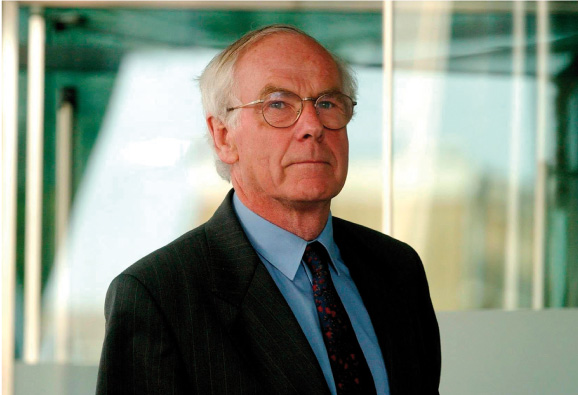7.2 The statistical evidence
A large number of mistakes were committed by the prosecution expert Sir Roy Meadow in the Sally Clark case, but we will focus only on the key issues here. One of the most damning pieces of evidence against Sally Clark was the frightening-sounding figure he gave that the probability of two unexpected infant deaths in the same family was one in 73 million, or equivalent to backing an 80 to 1 outsider in the Grand National horse race and winning 4 years in a row.
One problem with this headline figure is that it assumes that the chance of each death is independent of the other. The figure was calculated from Meadow’s individual numbers on the chances of a single such death in a family of 1 in 8,543. To reach 1 in 73 million, he multiplied 1 in 8,543 by 1 in 8,543. Assuming the figure 1 in 8,543 is valid (which it probably is not), this calculation is only reliable if the two deaths are independent. However, if there is a common cause, such as an underlying genetic condition, then the deaths will not be independent. If there is a common underlying cause, then the probability of two such deaths becomes much higher. There was, in fact, evidence of a number of such deaths in Sally Clark’s family tree. Thus, the figure was fundamentally flawed.
Meadow also committed the prosecutor’s fallacy by equating the figure of 1 in 73 million as equivalent to the probability that Sally Clark was innocent. You know from Section 5.1 that much more information is needed before you can work out the probabilities of innocence or guilt. Here, you would also need the probability that a mother will murder two of her children, which is also likely to be very small.
A third major error committed by Meadow was that he overstepped his expertise. He was a paediatrician, not a statistician. Many of the errors in his evidence were statistical errors that would be unlikely to have been made by a statistician. Given that he was not an expert in these areas, his evidence ought to have been ruled inadmissible on the grounds of lack of expertise.
Many of these issues were recognised during the first appeal, but the Court of Appeal nonetheless dismissed Sally Clark’s appeal.


